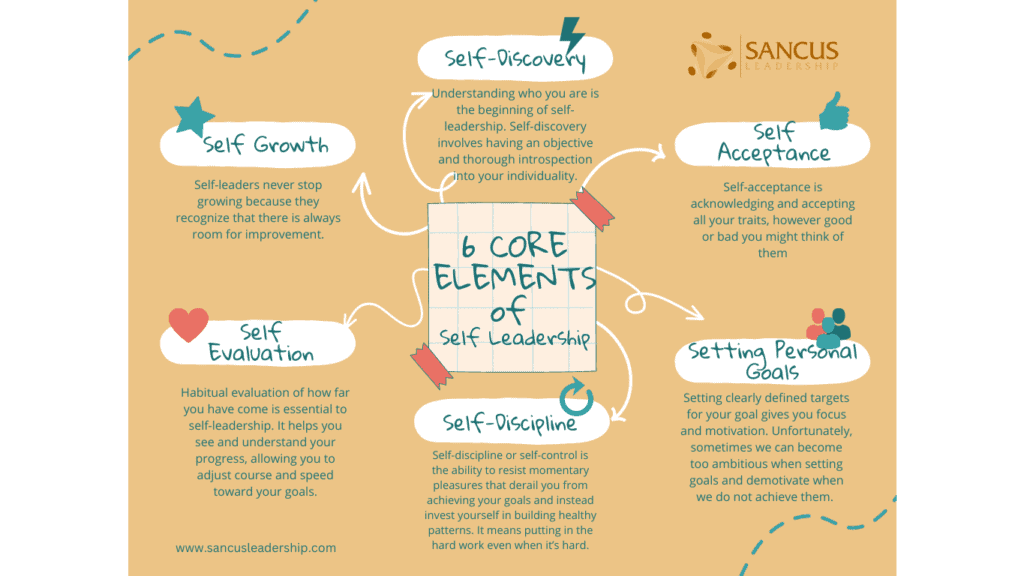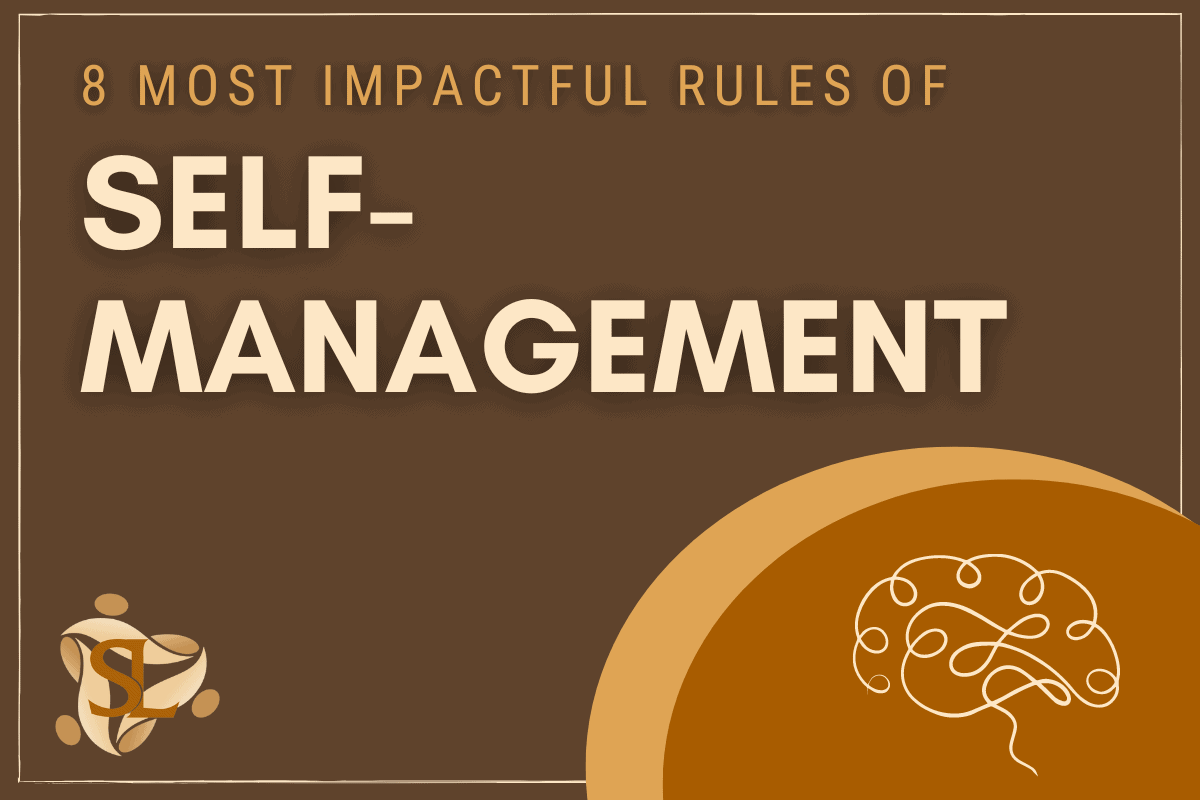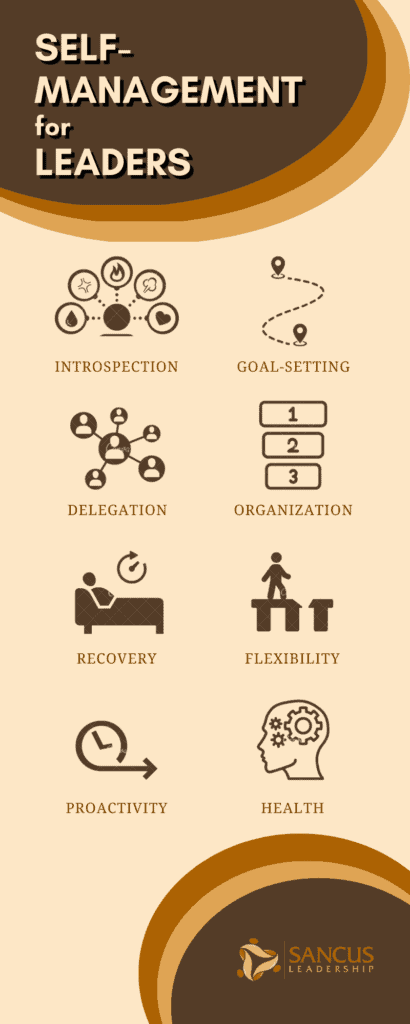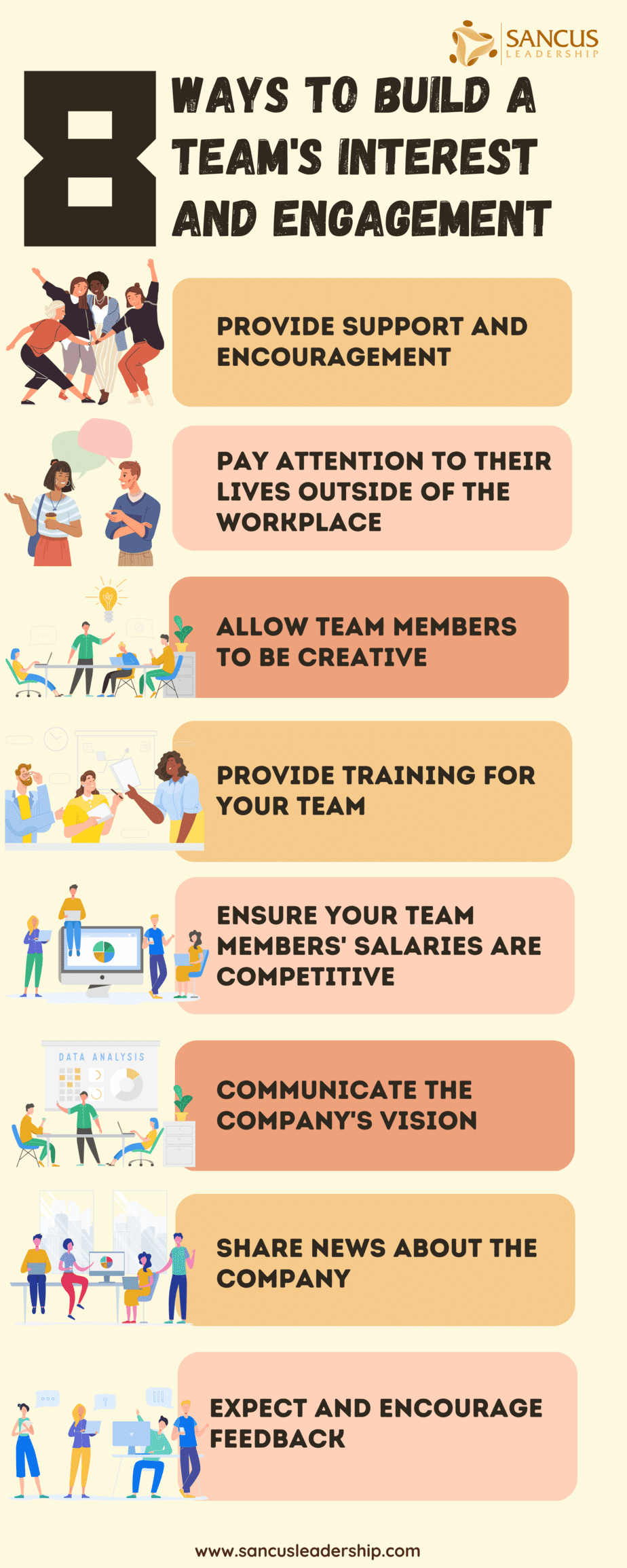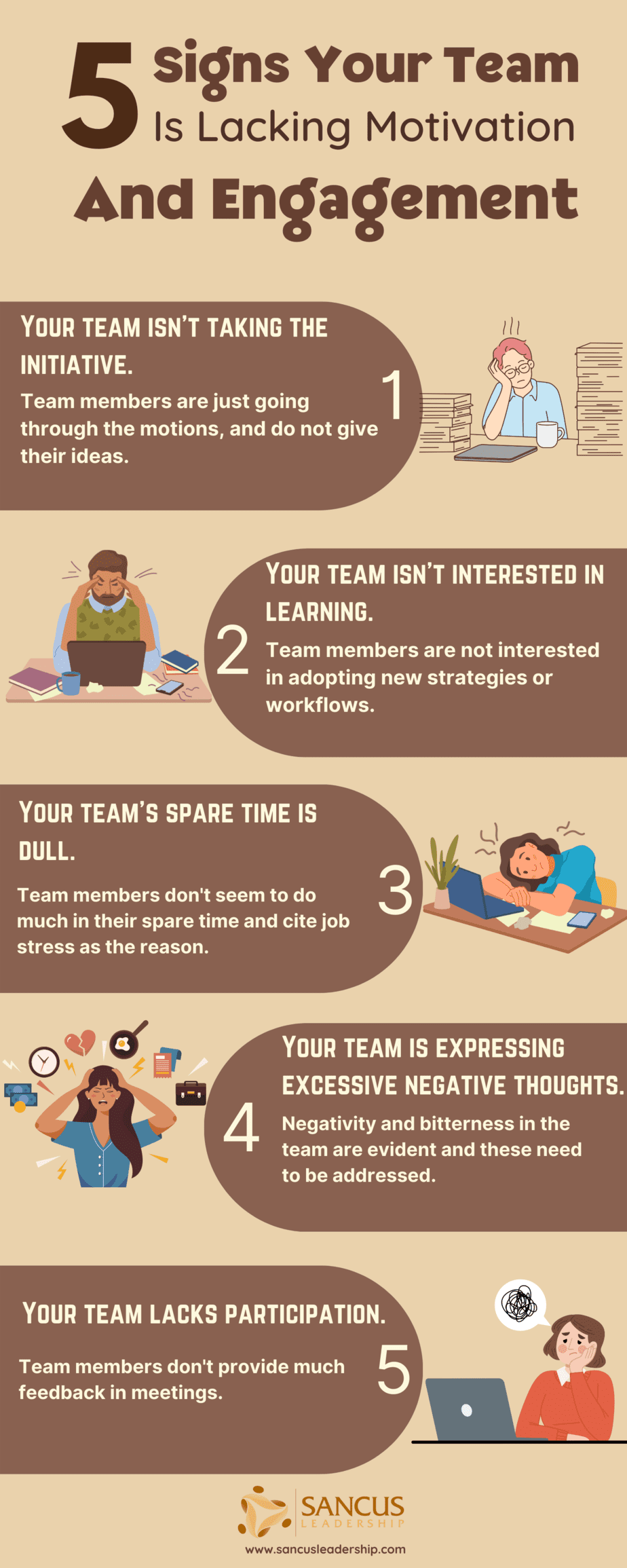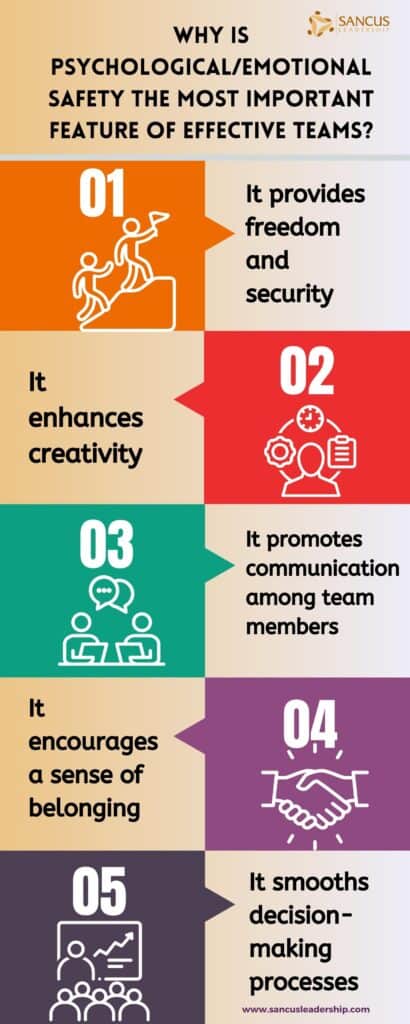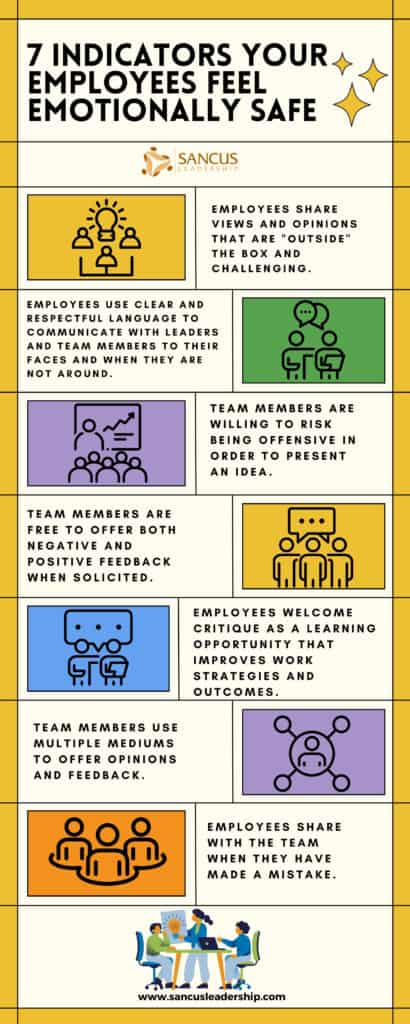Are you a team leader or manager? Then you know it is your job to influence your people in a way that benefits them and the organization. And you probably also know that the most influential people are the ones who people look up to, the ones who have “figured it out.” The best leaders are the ones who have figured themselves out; they have understood the power of self-leadership.
A person develops self-leadership by having a high degree of self-efficacy and self-autonomy. Self-leadership is about governing oneself and being accountable for decisions and actions.
In this article, I’ll delve deep into how you can develop self-leadership by becoming self-sufficient and self-autonomous. By the end of this article, you’ll have a firm grasp of the various self-leadership skills that will positively transform your attitude at work.
How To Develop Self-Leadership Skills?
You develop self-leadership skills by adopting positive strategies regarding how you behave to reach your goals, reward yourself when you get them, and construct your thought patterns and attitudes to overcome the challenges toward those goals.
In more abstract words, you develop your self-leadership skills by adopting the meta-cognitive ability to be aware of yourself both as a thinker and a doer. The doer does what the thinker thinks. The old saying about the mind is a terrible master, but a good servant holds true in this case. People who show a high degree of self-leadership apply this axiom to their advantage.
Based on that premise, self-leadership is more about managing your thinking, i.e., strategizing and organizing your goals on an abstract level. And self-management is more related to how you do things, i.e., how you control your behavior to reach those goals.
Though self-leadership is a natural character trait among many people (those are usually referred to as natural leaders), anyone can foster these traits through learning and practice. Managing oneself effectively is a prerequisite in the current job market, especially with the rise of the gig economy and remote working.
Managing oneself effectively is a prerequisite in the contemporary job market, especially with the rise of the gig economy and remote working.
So, let’s define what is meant by self-leadership and self-management and the skills associated with these complementary qualities.
What Is Self-Leadership?
Self-leadership is the ability to be self-efficient and self-autonomous, i.e., leading yourself by strategizing and organizing your conduct constructively. Self-leadership is also partly associated with the way you motivate and incentivize yourself along the way.
Self-leadership is an umbrella term encompassing an array of character traits. Being able to steer yourself toward your career goals successfully without any external help shows that you have a high level of self-leadership, meaning you have the character traits that leaders have.
Leaders often lead with their ideas and attitudes, at least true leaders. A positive, rational mindset is a prerequisite for being a good leader, especially when looking to improve your internal and external outcomes.
Leaders often lead with their ideas and attitudes, at least true leaders.
What Is Self-Management?
On the other hand, self-management is more about managing your behavior (or the outcomes of your thinking) to ensure that you’re on the right path toward your goals. Self-management allows you to monitor your conduct to ensure that you steer yourself in the right direction.
Self-management and self-control are almost synonymous in this context.
An effective leader must be an excellent manager to ensure that everything is going in the right direction, which requires a positive mindset. A manager is focused on the measurable and quantitative aspects of work. A manager is fearless in ensuring everything goes as it should by providing negative feedback. A manager has to be realistic and result-oriented.
When managing yourself, you must be realistic with the available resources, distribute them wisely, and build highly effective structures.
7 Self-Leadership/Management Skills
Now that I have provided a macro-level explanation of how you can think about self-leadership and self-management, i.e., as two complementary characteristics that work synergistically, let me dive into the micro-level, where I explain some of the skills that would greatly benefit your leadership if you acquire them.
Here are 7 of the most important skills for developing self-leadership:
1. Goal Setting
Setting goals is no easy task because one has to be realistic. The difference between having a goal and having a dream is that one is realistic, and the other is in the realm of fantasy. While there’s nothing wrong with having big dreams, when it comes to setting career goals, one has to be as realistic as possible.
Self-leadership is about setting realistic goals that can be reached by implementing concrete steps. While good leaders have a romantic side that dreams big, they’re also aware that wild dreams many times can only be achieved by setting small, realistic, and measurable goals.
There is an important caveat though, trying to predict what is possible in the future (i.e., setting realistic goals) is impossible, so most people I meet aim too low.
This is the wrong way to go about it, a good goal should invoke a sense of fear, anxiety, and doubt. That’s how you know it’s a goal worthy of your time; if you know you’ll reach your goals, your aiming too low.
When you want to learn how to set goals that push you beyond what you thought was possible, reach out to me here and lets find out if we should work together,
2. Decision Making
Being decisive is a character trait that all influential leaders have. Someone with high self-leadership competencies rarely struggles with making a decision.
Aside from making data-driven decisions that often turn out to be right, natural leaders are blessed with an intuitive sense of what to do and what not to do.
Since having such an intuitive ability to make the right decisions isn’t something we all have, making data-driven decisions is the skill one must acquire. In the book thinking fast and slow by Daniel Kahnemann, they show how the brain works in two systems, one slow and highly cognitive and one fast and intuitive.
They also explain how bad we leaders are at understanding what situations require what system to avoid making bad decisions. Its one of my favorite books, all categories; you can find a copy of thinking fast and slow here (amazon.com)
3. Composure
Leaders are very good at controlling their emotional state and being calm even when everyone else is freaking out or too excited. Having a rational mindset that keeps emotions in check, especially in your professional life, is one of the essential qualities you must acquire to develop self-leadership.
There are two aspects to composure: one is cognitive, and the other is physical. The cognitive element involves thinking patterns and conceptual frameworks that facilitate problem-solving and stress management. The physical aspect is how you manage stress on a physical level, which is often related to breath control (tone of voice and facial expressions).
All in all, a leader is someone who can control themselves and stay rational even though there are things that trigger strong emotional responses. This was especially true for me during my time in the bomb disposal teams, but it is equally valuable in business.
If you are like me, you are very interested in how you can use your body to influence your mind. Then this is the book for you; Unbeatable Mind by former navy seal commander Mark Divine.
4. Adaptability
While having a strong conceptual framework that you can always rely on to reach your goals is highly recommended, being stuck in one way of doing things is quite limiting, primarily when novelty arises.
I believe that strong SOPs (standard operating procedures) should be the foundation of your life, business, and anything you take on. It makes everyday tasks much more efficient and allows for a predictable outcome over and over again.
But you must not forget that the “S” is for standard, not “all the time” this means that if the situation changes, you need to step aside from the SOP and think differently.
That’s why the most successful leaders are often people who learn how to adapt and overcome.
There’s always a progress-oriented mindset that shapes leaders. Leaders who can adapt, understand and implement ideas are the ones capable of conquering uncharted territories. This is very important, especially in the case of managing small businesses.
5. Self-Motivation and Constructive Thinking
Being positive, even optimistic, is a character trait that all good leaders have. The glass-half-full mentality is almost always more motivating in the long run. As long as it’s coupled with reasoning (i.e., the opposite of naive optimism), being positive and thinking constructively (as opposed to deconstructively) is useful.
For example, instead of looking at the problems that might arise along the way, which might impact their motivation negatively, good leaders are confident in their ability to solve problems when they arise.
Great leaders and entrepreneurs see opportunity everywhere!
6. Time/Resource Management
Time is money, and money is resources. Having a good grasp on the alchemical processes that this axiom summarizes, i.e., being able to translate this formula into the concrete world, is a necessary skill.
Self-leadership is often about transforming time into resources and money with minimum waste.
The more you pay attention to how these variables convert from one state to another, the more you’re able to manage them.
Delegation and outsourcing of everything that isn’t vital that you do is a great start; many small business owner I meet seem to think they need to do all the work, be in charge of every aspect and have a saying in each decision.
Delegation and outsourcing of everything that isn’t vital that you do is a great start;
This sooner or later leads to the drainage of resources and loss of trust from the people you work with.
7. Critical Thinking
Being a critical thinker is a must ( I once again recommend you check out the book Thinking Fast and Slow). A critical thinker transcends biased ways of thinking and emotionally influenced decisions. Good leaders know when to take things at their face value and when they need to think critically about their decisions, goals, reactions, and strategies.
Also, critical thinking is about being open-minded and flexible in one’s thoughts. Having a rigid mentality (my way or the highway kind of mentality) that claims to have all the answers is the opposite of critical thinking.
Critical thinking is about being curious, about thinking that “maybe they know something I don’t know.”
Critical thinking is about being curious, about thinking that “maybe they know something I don’t know.”
What Are the Self-Leadership Strategies You Must Follow?
As I’ve mentioned at the beginning of this article, developing self-leadership is about fostering positive behavior-focused, natural reward, and constructive thought strategies.
Let’s briefly dive into the three strategies.
Behavior-Focused Strategies
These strategies are mainly about self-observation, self-goal setting, self-reward/punishment, and self-cueing. Developing these behavioral strategies encourages you to steer yourself correctly while navigating your way toward success and avoiding failure. After all, what’s the point in leading oneself if the goal isn’t personal achievement and success?
- Self-observation allows you to have an accurate image of yourself, your competencies, and your points of weakness. Having such a high level of self-awareness allows you to identify the behavioral patterns that serve you and those that don’t. This is necessary because that’s how you know what you can achieve.
- Self-goal setting allows you to challenge yourself and overcome the obstacles in your way. As I’ve said before, setting goals has to always be a rational process that accounts for what’s realistically achievable and what’s not.
- Self-reward/punishment are very important. Leaders don’t need external incentives or external feedback. They derive their sense of accomplishment and failure from within. Self-rewarding strategies can be as simple as enjoying a vacation as a result of good outcomes.
- In the case of self-punishment, it can be working 50 hours + a week for a month or two to compensate for a failure. Both positive feedback and negative feedback are important to steer you toward your goals. Having a balanced, rational attitude is the key here.
- Self-cueing is about little things here and there (like reminders, screensavers, notes, etc.). These are things you employ to keep yourself focused on attaining your goals.
Natural Reward Strategies
These strategies are concerned with creating situations where you derive enjoyment from work. You never have to work a single day when you enjoy your work. This old cliche summarizes this idea very briefly. You derive a sense of purpose and alignment with yourself when you find certain tasks to be naturally rewarding. There are two strategies for deriving natural rewards:
- The first strategy (positive) is concerned with finding a sense of enjoyment in your tasks that energize you to perform better.
- The second strategy (negative) is concerned with reframing the less enjoyable aspects of your work in a more positive light and focusing more on the things that you find to be naturally rewarding.
Constructive Thought Pattern Strategies
These strategies are concerned with the mental constructions and habitual thought patterns that develop your self-leadership/management. These include identifying and eliminating negative cognitive patterns that hinder you from achieving self-autonomy and self-efficacy.
- Replacing dysfunctional/irrational beliefs and assumptions is the first step toward building constructive thought patterns. By identifying the self-imposed limitations that could be eliminated merely by changing the way you think, you advance in your journey tremendously because you open a new horizon that you were just blocking because of dysfunctional/irrational beliefs.
- Self-talk should always be framed in a positive, optimistic way that doesn’t impose any unnecessary limitations on yourself. Positive self-talk is a motivating force that should be reckoned with.
- Mental imagery allows you to envision how you achieve your goals with success. You’re more likely to be successful in achieving goals when you use the power of mental imagery. You can visualize yourself involved in the process of making the right decisions and taking the correct course of action that leads you to success.
How To Manage a Team of Leaders?
In a flat hierarchical business structure where everyone must show a degree of self-autonomy and self-efficacy without having to resort to (or be monitored by) a manager or an officer, self-leadership is the most valuable asset that must be fostered in the team.
Even if you’re the by-default leader of such a team, you’re not actually leading anyone, per se. Your team has to lead itself by itself, i.e., each individual member is their own boss.
Build a Good Team
Building a good team is very important, especially if you’re a start-up that hasn’t achieved significant success yet. When each team member knows exactly what they have to do and what they have to deliver without the need to impose anything on them, you know you have a good team.
There’s a sense of certainty that everyone is equally capable of self-leadership with minimal external help – creating a positive environment/vibe where everyone performs for the whole team’s good.
Foster Self-Leadership as an Ideal Mindset (Set a Good Example)
Even when you have a junior team of people who are still not fully capable of self-leadership/management, it’s simple to implement that attitude by sowing the good seeds. The way you do that is by setting a good example.
You foster self-leadership skills in your team by showing everyone how they can be just as autonomous and self-efficient as you and encourage them when they show those traits.
I highly recommend you check out Self-Regulation Theory (SRT) for more information on this subject. Basically, the theory is about how we regulate ourselves on multiple levels to achieve positive outcomes, namely self-leadership and everything good that comes with it career-wise.
Four components are involved with (SRT):
- Standards of desirable behavior
- Motivation to meet those standards
- Monitoring the situations and thought patterns that precede violating the standards
- Willpower and internal strength have control over the urges to break the standards
Final Words
So, there you have it! By now, you’re well-equipped on a cognitive level about what you should do to develop self-leadership and thrive in your career.
However, this knowledge is nothing if it’s not applied. Your task right now is to think of how you can start implementing these strategies with yourself and your team.



